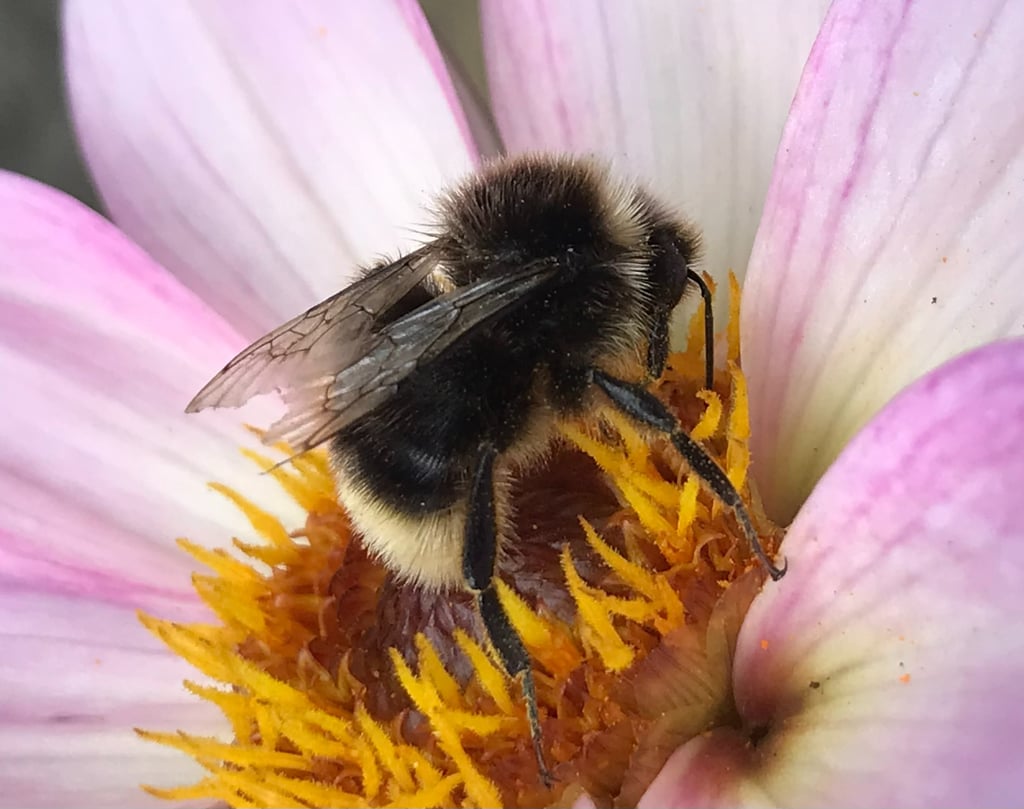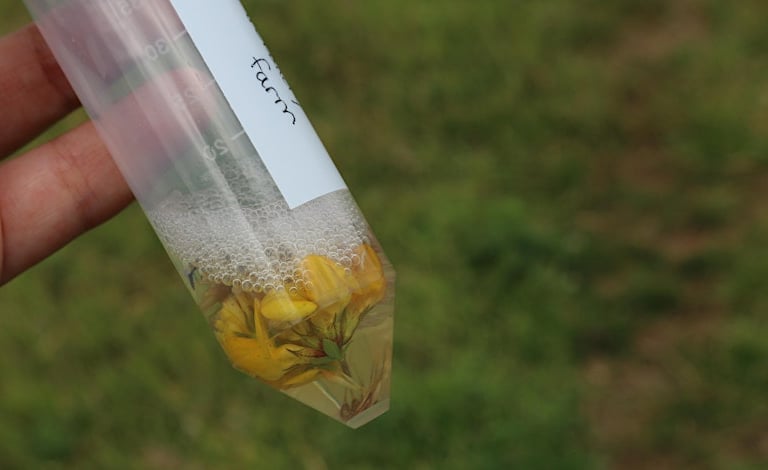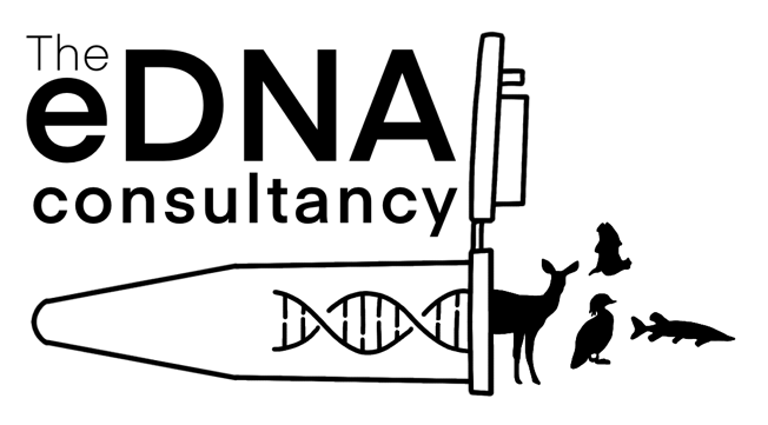
Cracking the Code: Monitoring Carder Bees with eDNA in the Wye Valley
Buffy Smith


Why Bees Can Be Hard to Detect in eDNA
Jones and colleagues tested various primer pairs on flower swabs, aiming to characterise entire pollinator communities. They found that detection was highly sensitive to primer choice. The most commonly used primers for invertebrates captured a range of taxa—but often underrepresented bees, especially Bombus species.
Richardson et al., focusing specifically on bumble bees in North America, took a different approach. They used bee-specific COI primers and paired eDNA with traditional netting surveys across the Appalachian region. Their results were encouraging: they were able to detect 11 out of 13 Bombus species known to be present, including the endangered Bombus affinis. But two socially parasitic species (Psithyrus) were missed by eDNA, and detection probabilities for some species (especially those in the Pyrobombus subgenus) were lower than for netting.
Environmental DNA (eDNA) has quickly emerged as a powerful tool for monitoring biodiversity—offering non-invasive, scalable solutions for tracking elusive or declining species. But when it comes to pollinators like bees, especially those of conservation concern, it's not always so simple.
The Trouble with Bees in eDNA
Two recent studies help shine a light on this. Jones, Pilliod and Aunins (2025) compared how different eDNA metabarcoding methods perform when identifying arthropod pollinators from floral samples. Richardson et al., (2025) focused specifically on detecting Bombus (bumble bees), including endangered species, using flower wash eDNA. Both found success—but also highlighted some challenges in detecting and identifying bees.
A Wye Valley Case Study: Monitoring the Return of the Carder Bee
The eDNA Consultancy have been asked to help monitor the success of meadow restoration across the Wye Valley. The project is working to restore species-rich grasslands, with a key goal: encouraging the return of carder bees, such as the Shrill carder bee—which are important grassland pollinators. We began as always with primer selection, ensuring we have the right primers for the job is key to our success. It quickly became apparent that available primers were not up to the job as the DNA of many UK bee species would not be amplified using the bee-specific COI primers used by Richardson et al., in the USA.
That’s where Laura stepped in.
Recognising that the primers weren’t suitable, she developed a new set of primers specifically targeting carder bee DNA. These custom primers were carefully designed using reference sequence data to amplify DNA from Bombus sylvarum and others. Whilst there might not be Shrill carder bees in the meadows yet, it’s important to use the same methods for the baseline surveys and follow up surveys to allow for a robust comparison. When used in combination with other invertebrate primers our pollinator method will be able to track changes in diversity in the coming years.
Why This Matters?
Monitoring pollinators is essential for evaluating the success of restoration work. But unless we’re confident in our ability to detect target species, we risk drawing the wrong conclusions. Published eDNA primers are a great starting point—but for some species, they’re not specific enough.
In the Wye Valley, bespoke molecular tools like Laura’s carder bee primers are helping bridge that gap—ensuring restoration goals are measured with accuracy and care.
Jones, K.S., Pilliod, D.S. and Aunins, A.W. (2025) Metabarcoding Analysis of Arthropod Pollinator Diversity: A Methodological Comparison of eDNA Derived From Flowers and DNA Derived From Bulk Samples of Insects. Molecular Ecology [online]. Available from: https://onlinelibrary.wiley.com/doi/10.1111/mec.70003.
Richardson, R.T., Avalos, G., Garland, C.J., Trott, R., Hager, O., Hepner, M.J. and Goodell, K. (2025) Sensitive and easily democratized environmental DNA methods for low-risk surveillance of at-risk bumble bees [online]. Available from: http://biorxiv.org/lookup/doi/10.1101/2025.05.13.649340.


The eDNA Consultancy
Where our expertise meets yours
ADDRESS
Unit 4 & 5, Tanhouse Farm, Frampton on Severn, Gloucestershire, GL2 7EH, GB
INQUIRE ABOUT OUR SERVICES
Web design and graphics by Bear Bones
The eDNA Consultancy Ltd is registered in England and Wales 15508607. VAT no: 482885735 © Copyright The eDNA Consultancy Ltd. All rights reserved.
